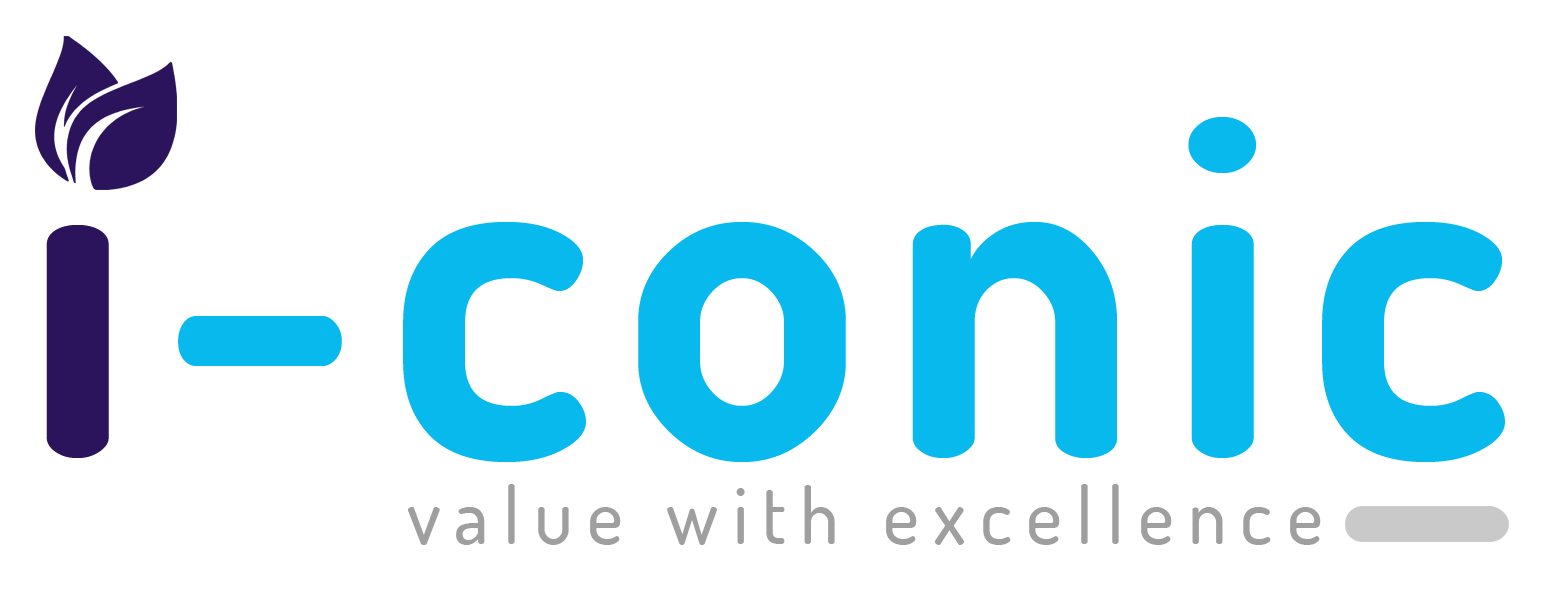Doctors in internal medicine navigate a complex landscape, treating both sudden health emergencies and managing long-term conditions. To ensure proper reimbursement for the vital care they provide, a precise understanding of medical billing and coding guidelines is paramount. Acute conditions like infections or injuries demand distinct codes compared to chronic conditions such as diabetes or high blood pressure. This blog post delves into the crucial differences in coding and billing for acute and chronic care, providing insights into appropriate CPT Codes, diagnosis listing, and more.
Accurate Billing and Coding: The Foundation of Reimbursement
Accurate billing and coding hinge on a clear understanding of how services differ when managing acute versus chronic conditions. Below is a detailed breakdown focused entirely on medical billing and coding practices for both care types:
Coding Systems and Diagnosis Representation
Both acute and chronic conditions are identified using distinct ICD-10-CM codes.
- Acute Care Conditions: These are typically coded with diagnosis codes reflecting their short-term, often severe nature. For instance, pneumonia or a heart attack receives an acute diagnosis code based on its specific type, location, and severity.
- Chronic Care Conditions: These are coded with long-term diagnosis codes, often supplemented with additional codes for complications. For example, diabetes might be accompanied by a code for diabetic nephropathy if complications are present.
- Acute Exacerbation of Chronic Conditions: When a chronic condition experiences an acute exacerbation, such as in chronic obstructive pulmonary disease (COPD), both the chronic condition and the acute episode should be reported together.
Sequencing of Diagnoses
When coding for services involving both acute and chronic conditions, the sequencing of diagnosis codes depends on the primary reason for the visit:
- If the patient presents primarily for acute condition treatment, the acute diagnosis should be listed first, even if chronic conditions are also documented.
- Conversely, if the visit is for routine management of a chronic illness (e.g., diabetes follow-up), the chronic condition becomes the primary diagnosis.
- In cases where a patient with a chronic illness presents with an acute complication or exacerbation (e.g., diabetic ketoacidosis), the acute issue should be coded first, followed by the underlying chronic disease.
Choosing the Right CPT Codes
CPT Codes are essential for reporting the services rendered during a patient encounter and vary significantly between acute and chronic care.
Acute Care Services: Key CPT Codes
- 99221–99223: Initial inpatient or observation care, varying by complexity and time (approx. 30 to 70 minutes).
- 99231–99233: Subsequent hospital or observation follow-up visits, based on assessment complexity (approx. 25 to 50 minutes).
- 99238–99239: Hospital discharge day management, covering all discharge-related tasks (99238 for 30 minutes or less, 99239 for over 30 minutes).
- 99281–99285: Emergency department services, based on problem severity and complexity, from minor to life-threatening.
Chronic Care Management (CCM) Services: Essential CPT Codes
- 99490: 20 minutes of clinical staff time per calendar month for patients with two or more chronic conditions.
- 99439: An add-on code for each additional 20 minutes of clinical staff time. Must be billed with 99490, up to two times per month.
- 99491: 30 minutes of CCM provided directly by a physician or qualified healthcare professional, including comprehensive care plan development and management.
- 99437: An add-on code with 99491 for each additional 30 minutes of provider-delivered CCM. Can be billed up to two times per month, with the same documentation standards as 99491.
- G0511: Used by Rural Health Clinics (RHCs) and Federally Qualified Health Centers (FQHCs) for general care management (being retired as of July 1, 2025). After this date, RHCs and FQHCs must transition to standard CCM CPT codes (99490, 99439, 99491, or 99437).
Complex CCM: Advanced CPT Codes
- 99487: 60 minutes of complex CCM services under general supervision.
- 99489: An add-on code for each additional 30 minutes of complex CCM. Must be billed with 99487 and cannot be used independently.
Important note: Complex CCM codes (99487, 99489) and non-complex CCM codes (99491, 99437) cannot be billed together for the same patient in the same calendar month. Providers must select one category based on complexity and the level of involvement.
Billing Frequency and Service Time
- Acute Care Services: CPT codes are typically billed per encounter or per day. Time-based billing is permitted for inpatient codes if over 50% of the encounter is dedicated to counseling or care coordination.
- Chronic Care Services: Billing is generally conducted every month, requiring accurate documentation of total non-face-to-face service time, whether provided by clinical staff or the provider.
Documentation Requirements
- Acute Care Billing: Documentation must include a chief complaint, a comprehensive history, a physical examination, and an assessment of the complexity of medical decision-making. In emergency and inpatient care, all relevant findings and actions must be documented to justify the billed service level.
- Chronic Care Management Billing: Providers must document the patient’s qualifying chronic conditions, the developed care plan, time spent on services, and ongoing coordination with other health professionals. Codes like 99491 and 99437 specifically require that the provider personally delivers the service and directly manages the care plan.
The Strategic Use of Z Codes
Z codes are primarily utilized in chronic care billing to represent encounters for long-term therapy or medication use. For example:
- Z79.4: Used for long-term insulin therapy.
- Z51.81: Can be used for encounters related to chemotherapy or radiation therapy.
These codes should be used in addition to primary chronic condition codes to fully capture the reason for the visit or ongoing care. Z codes are not commonly used in acute care settings unless follow-up or preventive counseling services are involved.
Leveraging Modifiers for Accuracy
Modifier codes are often necessary when acute and chronic care services are provided during the same visit:
- Modifier 25: Indicates a significant, separately identifiable Evaluation and Management (E/M) service performed on the same day as another procedure or service.
- Modifier 59: Denotes distinct procedural services that would otherwise be bundled together.
Proper use of modifiers ensures appropriate reimbursement for both acute and chronic services, preventing denials due to bundling rules.
Understanding Reimbursement Differences
- Chronic Care: These codes offer monthly reimbursements based on time and provider involvement. For 2025, the average reimbursement for 99490 is approximately $60.49, while 99439 pays $45.93 per unit (up to two units). 99491 typically reimburses more than 99490 due to physician-level involvement. G0511 (until July 1, 2025) averaged $74.20 nationally, but clinics can combine 99490 and 99439 to match previous reimbursement levels.
- Acute Care: These visits generally yield higher per-encounter reimbursement, particularly in hospital or emergency department settings. For instance, CPT 99223 for high-complexity inpatient admission may reimburse significantly more due to the time and complexity involved.






